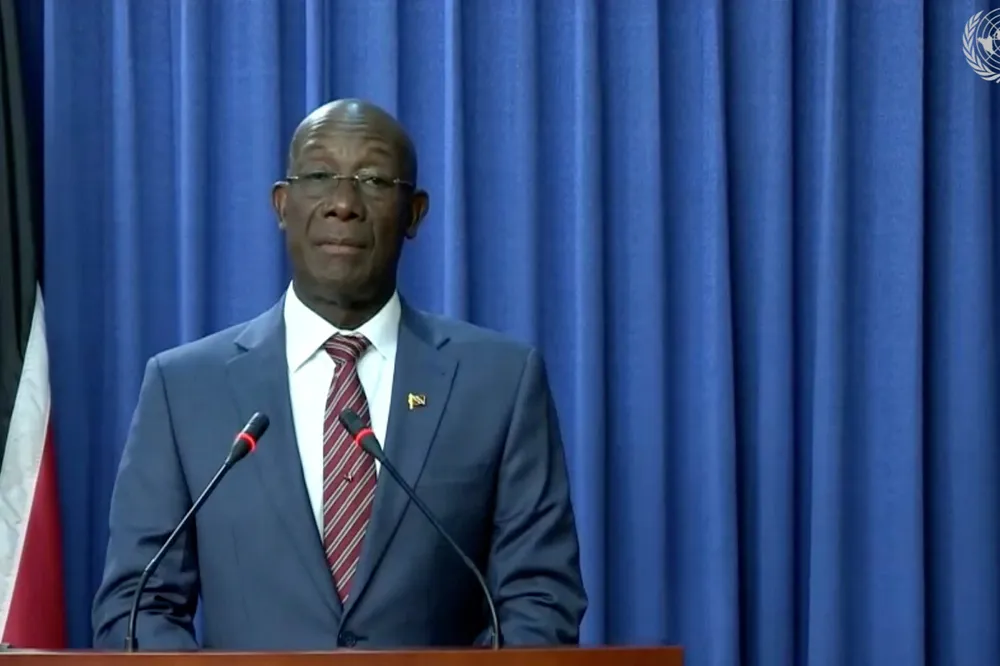Trinidad & Tobago determined to carve out natural gas role in changing world
Prime minister says nation is committed to lowering carbon emissions but welfare of its people comes first

Prime minister says nation is committed to lowering carbon emissions but welfare of its people comes first
